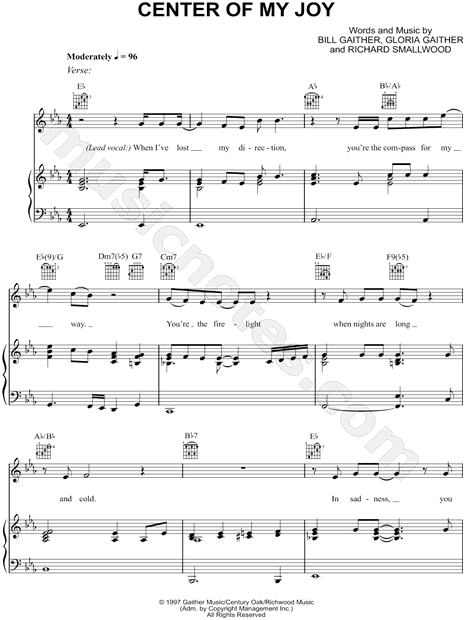

His father, also William was born in 1802 and his mother Alice, was also born in 1800. William Smallwood was born in 1831 and was baptized on the 19th June 1831 in Kendal, Westmorland. Some of the questions include - what is modulation, what is transposition, for what reason is it called a dominant 7th and so on. Lastly there is a reference section covering chords, musical terms and a FAQ section. And prior to inserting all of major and minor scales written out Smallwood covers the use of ornaments.

Then he uses some well-known melodies from composers such as Haydn, Beethoven, Mozart and Steibelt. There are a few duets before the introduction of cadences in various major and minor keys. Following this are a number of religious melodies. Up next is a discussion about the diatonic and minor scales. He asks of the player the ability to play similar and contrary motion scales of a number of major keys. Triplets are presented on page 12.Īfter this Smallwood introduces the use of sharps and flats and begins talking about keys used in music. After this the LH does play in the bass clef and Smallwood introduces triple and compound time signatures very early. Every note is fingered and the hands are played together right from the start. The preparatory exercises are interesting with their use of the LH being played in the treble clef. Then he covers the position of the notes on the piano using the black keys as a basis. He assumes that those using this tutor to be very able mathematically. Straight after the recognition of notes, Smallwood introduces the rhythmic patterns along with their corresponding rests. Smallwood begins by discussing the stave using the language of line and space notes and included in this, are the use of ledger lines.


 0 kommentar(er)
0 kommentar(er)
